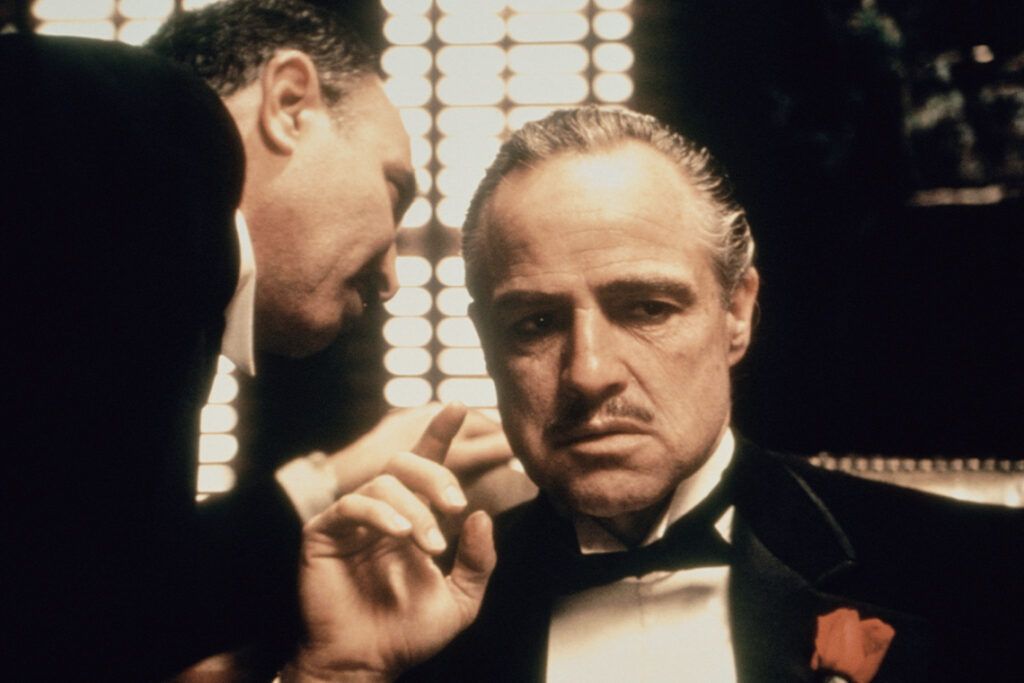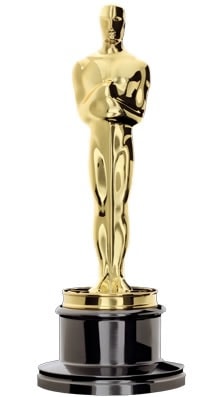Diane Keaton: Hollywood's Iconic Actress Who Redefined Cinema
Diane Keaton: Hollywood's Iconic Actress Who Redefined Cinema
From her breakthrough role in "The Godfather" to her Oscar-winning performance in "Annie Hall," Diane Keaton established herself as one of Hollywood's most versatile and enduring actresses. Born Diane Hall on January 5, 1946, in Los Angeles, California, she transformed from a young theater performer into a cinematic icon whose influence extends far beyond the silver screen.

Quick Navigation
Early Life and Theater Beginnings
Diane Keaton's journey to stardom began in the suburbs of Los Angeles, where she was raised by her mother Dorothy Deanne Keaton, an amateur photographer, and father Jack Hall, a civil engineer and real estate broker. Her early exposure to performance came through her mother's theatrical participation in the "Mrs. Los Angeles" pageant, which Keaton later credited as inspiring her first impulse to become an actress.
After graduating from Santa Ana High School in 1964, where she starred as Blanche DuBois in "A Streetcar Named Desire," Keaton briefly attended Santa Ana College and Orange Coast College before making the bold decision to pursue acting in New York City. She enrolled at the prestigious Neighborhood Playhouse, where she studied the Meisner technique under renowned acting coach Sanford Meisner.

Keaton's first major break came in 1968 when she was cast as an understudy in the original Broadway production of "Hair." Notably, she gained attention for refusing to disrobe during the show's famous nude scene, even though nudity was optional for performers. This decision foreshadowed the independent spirit that would define her career choices.
The Godfather: Breaking Into Hollywood
In 1970, Keaton made her film debut in "Lovers and Other Strangers," but it was her casting as Kay Adams in Francis Ford Coppola's "The Godfather" (1972) that catapulted her to international recognition. Coppola specifically chose Keaton for her reputation as an eccentric actress, wanting her to bring that unique quality to the role of Michael Corleone's girlfriend and eventual wife.

Keaton's performance in "The Godfather" was described by her as being "the woman in a world of men," a theme that would resonate throughout many of her subsequent roles. The film's unprecedented success, including winning the Academy Award for Best Picture, established Keaton as a serious actress capable of holding her own alongside powerhouse performers like Al Pacino and Marlon Brando.
She reprised her role as Kay Adams in "The Godfather Part II" (1974) and later in "The Godfather Part III" (1990), with critics noting how her character evolved from the naive outsider to a more complex, embittered woman who ultimately rejects the criminal world that defined her husband's life.
Annie Hall: Oscar-Winning Performance
Keaton's collaboration with Woody Allen proved to be one of Hollywood's most fruitful creative partnerships. Their romantic relationship and professional collaboration resulted in several memorable films, but none more significant than "Annie Hall" (1977). Allen wrote the character specifically for Keaton, incorporating her real nickname "Annie" and her birth surname "Hall."

The film showcased Keaton's ability to embody neurotic charm, with her performance characterized by CNN as "awkward, self-deprecating, speaking in endearing little whirlwinds of semi-logic." Her portrayal earned her the Academy Award for Best Actress, and the film won Best Picture, cementing both her and Allen's places in cinema history.
Beyond her acting performance, Keaton's wardrobe in "Annie Hall" became a cultural phenomenon. Her character's vintage men's clothing—including neckties, vests, baggy pants, and fedora hats—made her an unlikely fashion icon and influenced women's fashion trends throughout the late 1970s and beyond.
Career Evolution and Versatility
Throughout the 1980s and 1990s, Keaton demonstrated remarkable range by taking on increasingly diverse roles. Her dramatic performance in "Looking for Mr. Goodbar" (1977) showed her ability to tackle complex, challenging material, while films like "Reds" (1981) earned her another Oscar nomination for her portrayal of journalist Louise Bryant.

The 1990s saw Keaton successfully transition to more mature roles, often playing matriarchs of middle-class families. Her performances in "Father of the Bride" (1991) and its sequel showcased her comedic timing, while "The First Wives Club" (1996) proved she could anchor ensemble comedies. Her later career highlights include "Something's Gotta Give" (2003), which earned her another Oscar nomination, and voice work in Pixar's "Finding Dory" (2016).
Beyond acting, Keaton expanded her creative pursuits into directing, helming the documentary "Heaven" (1987), television episodes, and music videos. She also became an accomplished photographer and author, publishing several books including her memoir "Then Again" (2011).
Legacy and Cultural Impact
Diane Keaton's influence extends far beyond her filmography. She broke barriers for women in Hollywood by choosing roles that depicted complex, independent female characters at a time when such portrayals were rare. Her fashion choices, particularly her preference for menswear-inspired clothing, challenged traditional notions of femininity and influenced generations of women.
:max_bytes(150000):strip_icc():focal(801x449:803x451)/Diane-Keaton-101125-1-0d1539e2d7ef4a83a280928f814d96b3.jpg)
Her career achievements include an Academy Award, two Golden Globe Awards, a BAFTA Award, and the AFI Life Achievement Award in 2017. These accolades reflect not just her talent, but her significant contribution to American cinema over more than five decades.
Frequently Asked Questions About Diane Keaton
Why did Diane Keaton change her name from Hall to Keaton?
When joining the Actors' Equity Association, there was already an actress registered under "Diane Hall," so she adopted her mother's maiden name, Keaton.
What was Diane Keaton's breakthrough role?
While she appeared in several productions earlier, her role as Kay Adams in "The Godfather" (1972) was her breakthrough performance that brought her international recognition.
Did Diane Keaton and Woody Allen date in real life?
Yes, Keaton and Allen had a romantic relationship in the 1970s, which influenced their creative collaboration, particularly in "Annie Hall."
What awards did Diane Keaton win for "Annie Hall"?
She won the Academy Award for Best Actress, and the film also won Best Picture and Best Director for Woody Allen.
Continuing Influence in Modern Cinema
Even in her later years, Diane Keaton continued to work steadily, appearing in films like "Book Club" (2018) and maintaining her status as a beloved Hollywood figure. Her influence on fashion, particularly the popularization of menswear for women, remains evident in contemporary style trends.
Keaton's career serves as a blueprint for longevity in Hollywood, demonstrating how an actress can evolve with changing times while maintaining her authentic voice. Her willingness to take risks, from dramatic roles to directorial ventures, exemplifies the kind of creative courage that defines lasting careers in entertainment.
Share this article with fellow film enthusiasts to celebrate the remarkable career of Diane Keaton! Her journey from Broadway understudy to Academy Award winner continues to inspire actresses and audiences worldwide, proving that authenticity and talent create the most enduring legacies in Hollywood.